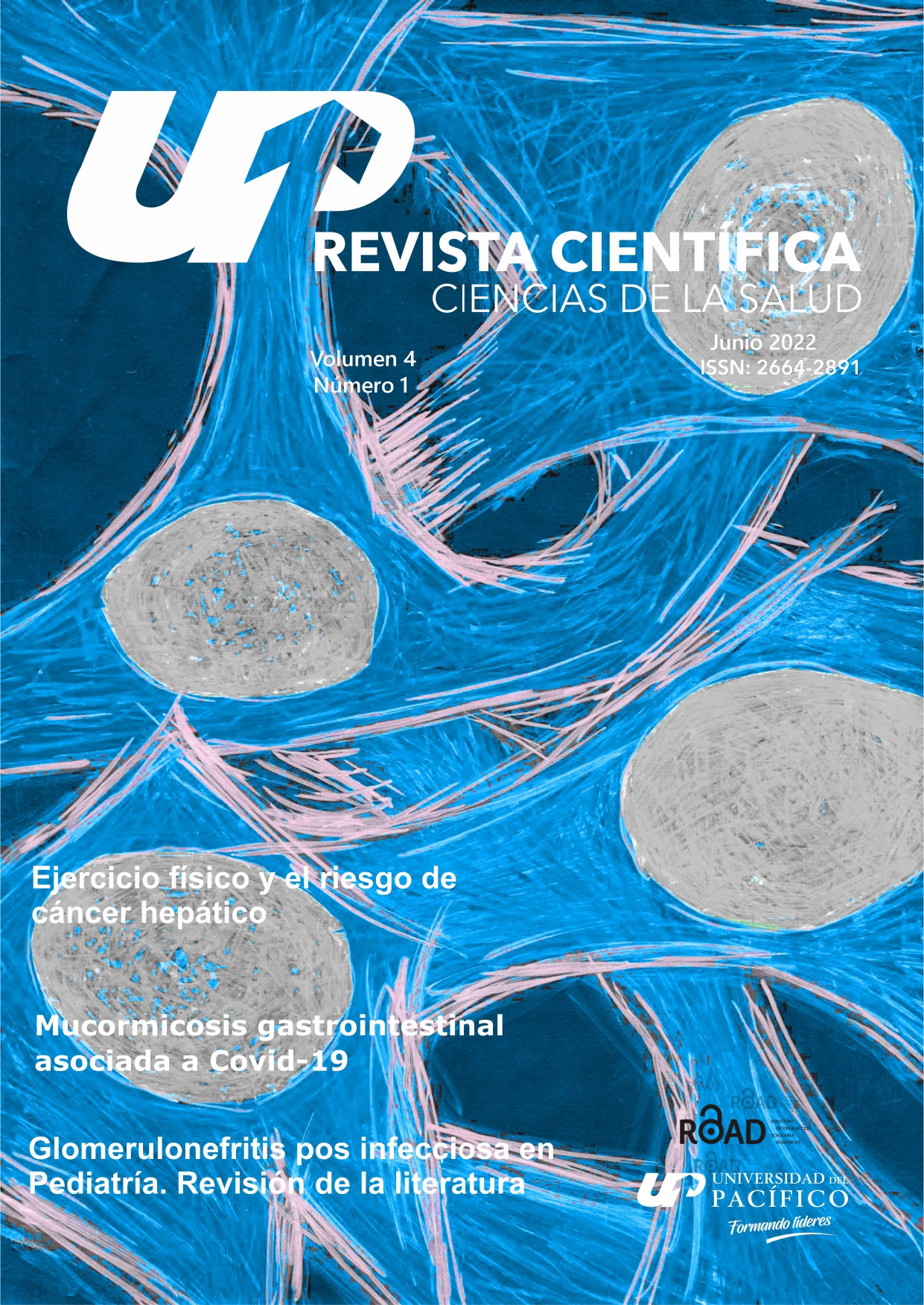Recurrent giant bladder stones in the adult. Case report
Recurrent giant bladder stones in the adult. Case report
DOI:
https://doi.org/10.53732/rccsalud/04.01.2022.125Keywords:
Urinary Bladder Calculi, Urinary Tract InfectionsAbstract
The occurrence of cases of giant urinary stones considered has diminished significantly in its frequency since the advent of antibiotics and the appropriate control of urinary tract infections. The diagnosis of them is based on symptomatology and imaging studies.
We present a case of a 59-year-old man with recurrent giant bladder stones. The patient was diagnosed with two vesical stones after performing a computerized axial tomography of the urinary system and later a cystolithotomy was performed to remove stones of up to 1,435 g. The morphoconstitutional analysis of the calculus revealed brushite, carbapatite and struvite as main components. The metabolic evaluation indicated the presence of hypocitraturia and hyperoxaluria.
This is the first report in the country of a giant lithiasis in which the composition of the stones indicate infectious processes as the possible causes of formation.
Key words: Urinary Bladder Calculi, Urinary Tract Infections
References
Leslie SW, Sajjad H, Murphy PB. Bladder Stones. En: StatPearls. Treasure Island (FL): StatPearls Publishing; 2022. http://www.ncbi.nlm.nih.gov/books/NBK441944/
López M, Hoppe B. History, epidemiology and regional diversities of urolithiasis. Pediatr Nephrol Berl Ger. 2010; 25(1):49-59. https://dx.doi.org/10.1007/s00467-008-0960-5
Torricelli FCM, Mazzucchi E, Danilovic A, Coelho RF, Srougi M. Surgical management of bladder stones: literature review. Rev Colégio Bras Cir.J. 2013; 40(3):227-33. https://dx.doi.org/10.1590/s0100-69912013000300011
Gan W, Guo H, Yang R, Lian H, Yao L. Minimally invasive percutaneous cystolithotomy: an effective treatment for bladder stones in infants aged <1 year. BJU Int. 2010; 106(2):275-7. https://dx.doi.org/10.1111/j.1464-410X.2009.08995.x
Daudon M, Bader CA, Jungers P. Urinary calculi: review of classification methods and correlations with etiology. Scanning Microsc. 1993;7(3):1081-1106. https://pubmed.ncbi.nlm.nih.gov/8146609/
Tahtalı İN, Karataş T. Giant bladder stone: A case report and review of the literature. Turk J Urol. 2014; 40(3):189-91. https://dx.doi.org/10.5152/tud.2014.02603
Ofluoglu Y, Aydin HR, Kocaaslan R, Adanur S, Ziypak T. A Cause of Renal Dysfunction: A Giant Bladder Stone. Eurasian J Med. 2013; 45(3):211-3. https://pdfs.semanticscholar.org/28db/c6697b4f599ef71f556e7e76de6572bc89a7.pdf
Aydogdu O, Telli O, Burgu B, Beduk Y. Infravesical obstruction results as giant bladder calculi. Can Urol Assoc J. 2011; 5(4):E77-8. https://dx.doi.org/10.5489/cuaj.10130
Papatsoris AG, Varkarakis I, Dellis A, Deliveliotis C. Bladder lithiasis: from open surgery to lithotripsy. Urol Res. 2006; 34(3):163-7. https://dx.doi.org/10.1007/s00240-006-0045-5
Jayaraman UC, Gurusamy A. Review on Uro-Lithiasis Pathophysiology and Aesculapian Discussion. OSR Journal Of Pharmacy. 2018;8(2) 30 -42. http://www.iosrphr.org/papers/vol8-issue2/E0802013042.pdf
Miano R, Germani S, Vespasiani G. Stones and urinary tract infections. Urol Int. 2007; 79(1):32-6. https://dx.doi.org/10.1159/000104439
Ma C, Lu B, Sun E. Giant bladder stone in a male patient: A case report. Medicine (Baltimore). 2016; 95(30):e4323. https://dx.doi.org/10.1097/MD.0000000000004323
Cicione A, DE Nunzio C, Manno S, Damiano R, Posti A, Lima E, et al. Bladder stone management: an update. Minerva Urol E Nefrol Ital J Urol Nephrol. 2018; 70(1):53-65. https://dx.doi.org/10.23736/S0393-2249.17.02972-1
Polat EC, Ozcan L, Otunctemur A, Ozbek E. Giant Bladder Calculi: A Case Report. Urol J. 2015;12(2):2122-3. https://journals.sbmu.ac.ir/urolj/index.php/uj/article/view/2919/1031


.png)














 All the contents of this journal are licensed under a
All the contents of this journal are licensed under a 